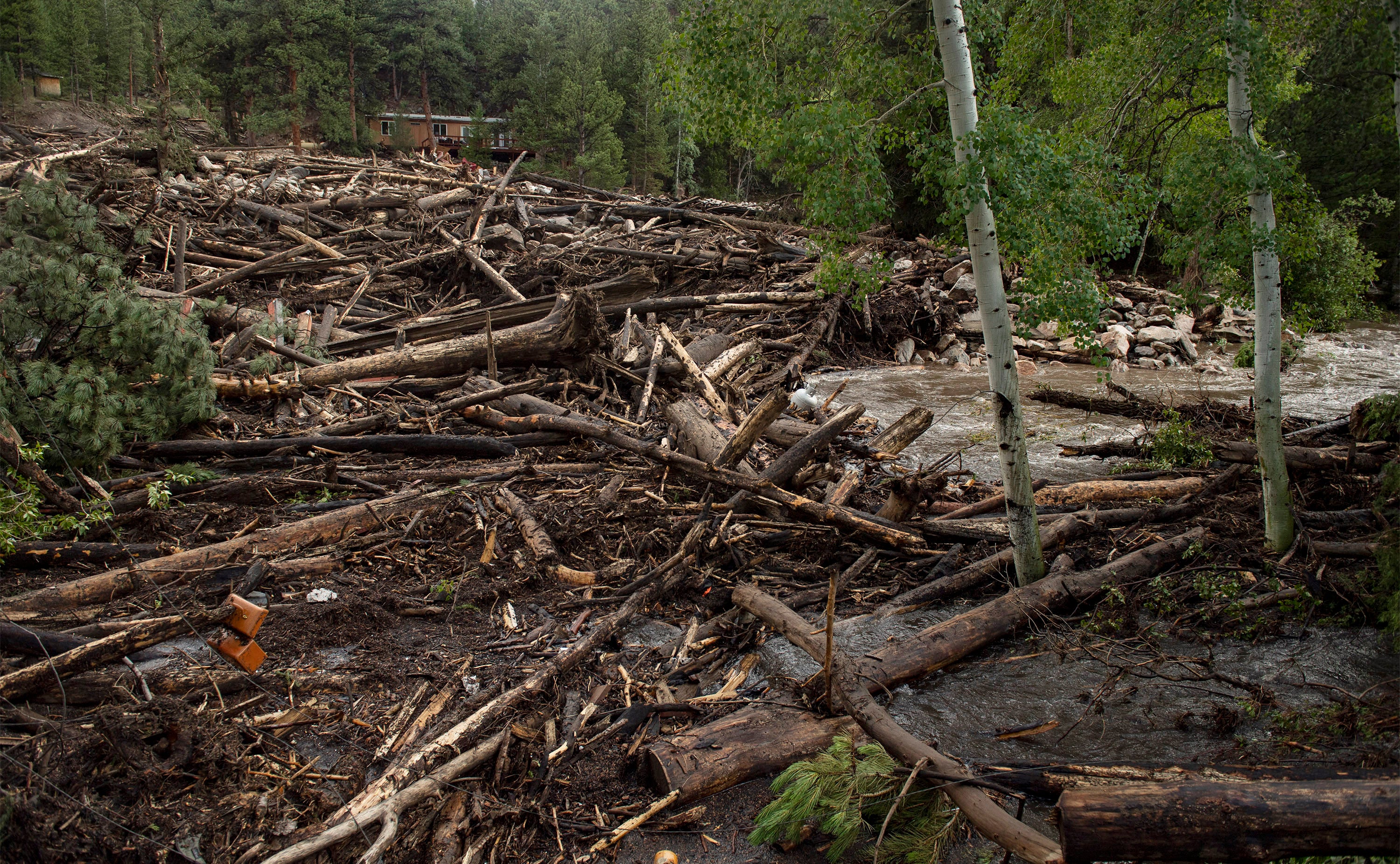3rd person found dead after Colorado flooding, mudslides
Authorities have recovered the body of a third person who died during flooding and mudslides in an area of northern Colorado that was burned by a massive wildfire

Your support helps us to tell the story
From reproductive rights to climate change to Big Tech, The Independent is on the ground when the story is developing. Whether it's investigating the financials of Elon Musk's pro-Trump PAC or producing our latest documentary, 'The A Word', which shines a light on the American women fighting for reproductive rights, we know how important it is to parse out the facts from the messaging.
At such a critical moment in US history, we need reporters on the ground. Your donation allows us to keep sending journalists to speak to both sides of the story.
The Independent is trusted by Americans across the entire political spectrum. And unlike many other quality news outlets, we choose not to lock Americans out of our reporting and analysis with paywalls. We believe quality journalism should be available to everyone, paid for by those who can afford it.
Your support makes all the difference.Authorities have recovered the body of a third person who died during flooding and mudslides in an area of northern Colorado that was burned by a massive wildfire. One person is still missing.
The Larimer County Sheriff's Office was notified Monday that a man's body was found in the Poudre River, a day after another man was found dead in the waterway. On Tuesday, a woman's body was found near the small community of Rustic, about 100 miles (161 kilometers) northwest of Denver shortly after a mudslide sent a wave of debris into scenic, winding Poudre Canyon.
“Our deepest sympathies go out to the family who tragically lost four members in last week’s flood,” Sheriff Justin Smith said.
Six homes were destroyed and another was damaged, all on the same road, the sheriff's office said.
The flooding and slides happened in area that was burned last year by the 326-square-mile (844-square-kilometer) Cameron Peak Fire, the largest in Colorado's history. Fires torch vegetation that usually helps absorb rain and keeps the ground stable, making those areas more vulnerable to flooding, especially in steep sections. The soil in burned areas can also repel rain.
Extreme temperatures, low humidity, gusty winds and rough terrain contributed to the rapid growth of the fire, the first to spread to about 313 square miles (811 square kilometers) in the state, according to federal fire managers. A large amount of trees killed by beetles and stricken by the drought also fueled the growth of the fire, according to their final summary.
Scientists say climate change is responsible for more intense and frequent extreme weather like flooding and droughts and events like wildfires. But more research is needed to determine how much global warming is to blame, if at all, for a single event.